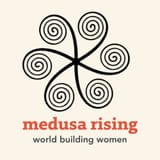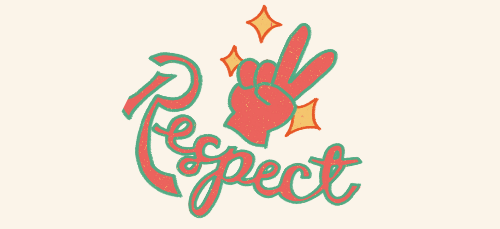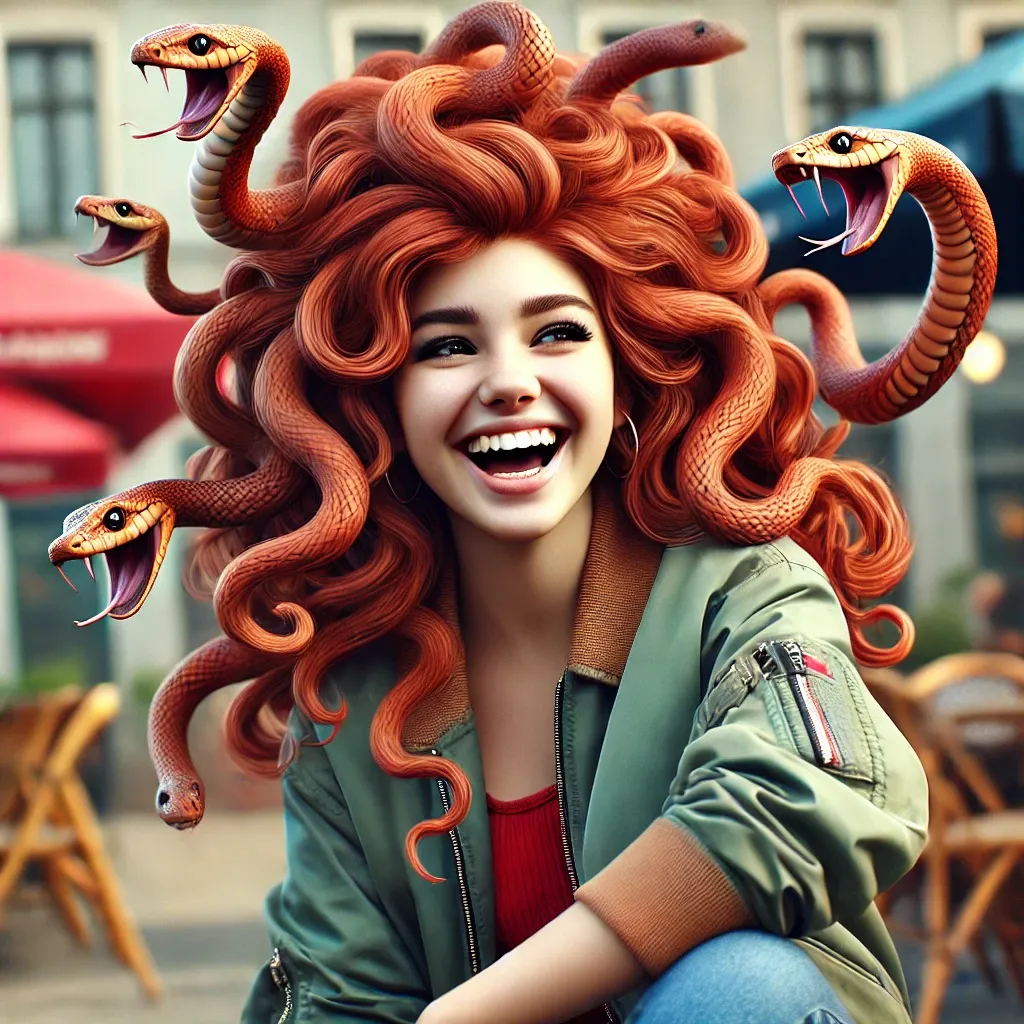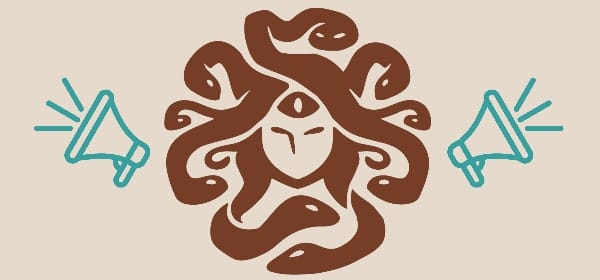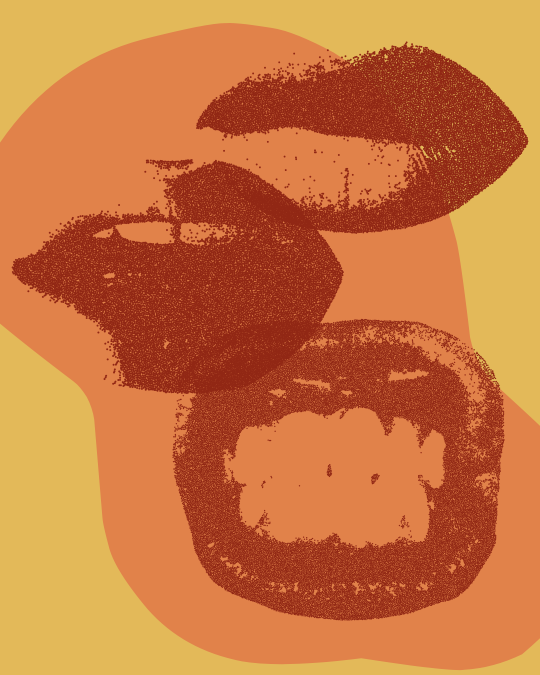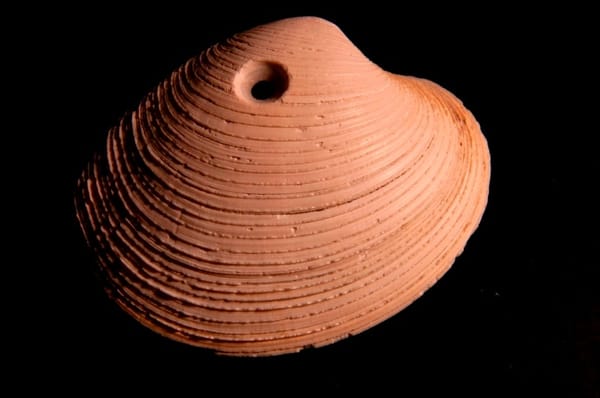Key Concepts: Gender, A Means of Oppression | by Erin
For instance, in Japan, some companies tell female employees to remove glasses because wearing glasses make them look less feminine by “giving a cold impression.”
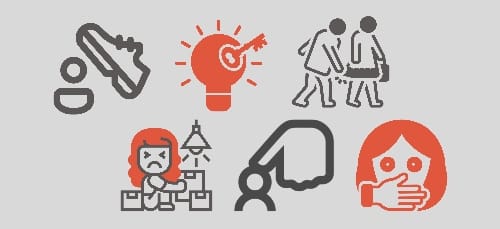
NOTE: Today is Juneteenth in the US. Only recently made an observed national holiday, Juneteenth celebrates the day the 250,000 enslaved people of Texas were informed (later than elsewhere) that the Confederacy had lost the Civil War and they were free citizens. The MAGA regime has cancelled this commemoration day in one of its many acts of white supremiacist ideology. Radical Materialist Feminism inhierits many lessons in emancipation from the Black Feminist and Womanist lineages in the US. Their survival and thriving was hard won mostly by the power of their own souls and wisdom.
In the previous article, I stated that in patriarchy women are oppressed on the basis of sex by means of gender. I wanted to emphasise the idea that gender is a mechanism through which men as a sex class oppress women as a sex class. Gender has many manifestations and modes, but they all add up to one effect. Gender is, first and foremost, a tool of oppression. Since it is a tool, and all tools are artificial, gender too is artificial. It is created by human beings – specifically by male human beings (even if they are not aware of it). This is why gender is often described as ‘socially constructed’.
Patriarchy is a society which produces, reproduces, and at the same time is shaped by the system of oppression called gender. Gender is present in all patriarchal societies. However, since societies vary from period to period and region to region , so does the form of gender vary from society to society. Remember that gender is a name for the totality of countless ways in which men oppress women in patriarchal societies. Different patriarchal societies have different ways of oppressing women. For instance, in Japan, some companies tell female employees to remove glasses because wearing glasses make them look less feminine by “giving a cold impression.” What they seem to mean is that glasses are associated with intelligence, and women ought not to appear to be (more) intelligent (than men who do not wear glasses). I don’t think this kind of social practice is accepted in Western countries nowadays.
The Watermelon and the Blade
Variations in the form of a tool is nothing special. Consider a bladed weapon. A bladed weapon is any weapon that has a blade — a sharp-edged part — designed primarily for cutting, slashing, stabbing, or thrusting. The examples of bladed weapons include swords, daggers, and knives. There is a great variety of bladed weapons. A Swiss Army knife looks very different from a katana. However, they both have the same purpose. All bladed weapons have the same purpose of inflicting physical damage on people, usually in hand-to-hand combat.
This is important, for the fact that their target is people, not trees or rocks, influences how those weapons are constituted. For example, the physical nature of people – that is, made of flesh and blood – makes bronze, iron, or steel suitable materials for bladed weapons. A katana made of leather or wax wouldn’t work. The physical, biological nature of people determines the form and material of bladed weapons.
Likewise, even though there is a great variety of forms of gender, those different forms all share the same purpose – to oppress women.
Biology matters!
Recall a square watermelon. A mechanism to make watermelons square, too, is influenced by the biological nature of watermelons. What material should be used for moulds is determined by the nature of watermelons. Plastic or rubber moulds wouldn’t be suitable for watermelons as watermelons would be too hard for plastic or rubber moulds to change their shapes.
The aesthetic standards concerning the brightness of green, the straightness of dark stripes or the smoothness of skin wouldn’t apply for coconut fruits because coconut fruits are brown, hairy and textured. Their appearances are completely different. They also have far too hard a rind to be moulded. We have the standards for such features as the brightness of green, etc., precisely because watermelons, not coconut fruits, are bright and green and can be bred to enhance these features. The biological nature of watermelons determines what criteria to use.
Biology matters!
The decision to make square watermelons itself is influenced by the biological nature of watermelons. In the first place, humans decide that watermelons are valuable for them, probably on the basis of their sweet, juicy flesh and their unique appearances. Watermelons are deemed worthwhile enough for humans to bother themselves to change their shape. Humans wouldn’t have bothered themselves so much with calabash because it is often bitter and toxic. Humans don’t think it worthwhile to create square calabash. It is because watermelons have certain biological natures that they are considered to be valuable for humans.
Biology matters!
The same goes for gender. Gender – more specifically, femininity, which is a form which women are forced to take – is imposed upon women precisely because men find the reproductive function (emotional care, maintenance of the home, and sexual availability) of women valuable and worthwhile to exploit. It is because women possess a certain biological nature which men find valuable that men employ gender to oppress and control women.
How Gender Works as a Mechanism
In patriarchy, women are oppressed on the basis of sex by means of gender. What this means is as follows:
- Women have certain biological characteristics (in particular, reproductive functions).
- Men find those characteristics of women valuable.
- Men decide to exploit women’s biological characteristics.
- Men devise gender – a tool of oppression – in order to control women.
This control involves rewarding girls and women for being self-effacing, agreeable, and seeking to be of service to others’ projects and well-being. It also involves discouraging or punishing girls and women for being assertive, principled, and seeking to serve their own projects and well-being. This is true all the way down to details like a professional feminine dress code that excludes glasses (needed to do one's work) but includes high heels (that men find sexy). The reverse qualities are rewarded or discouraged in boys and men because that training sets them up to expect service from women. These cultural habits are so old that women routinely also reward and discourage each other and their daughters for these traits because the cost of ‘failing at gender’ is very high (social isolation). That cost is part of the control. It looks like ‘being unpopular’ or ‘not finding a man to marry.’ It looks like personal bad luck, but it is largely ‘bad luck’ shaped by gendered preferences that are so pervasive as to be self-reinforcing.
Gender is artificial, but its target is the biological nature of women. To give men children, to provide workers for the economy, but also to spend much of women's lives attending to and supporting, and certainly never out-shining, men. In that sense, it is rooted in the biological reality of women, our bodies are the medium from which these children/workers and ease and pleasure for men are created — as the natural watermelon becomes the square watermelon.
Erin is a contributing editor at Medusa Rising.
Do magic! Make the algorithm feminist!
To contact us email info@medusarising.org.
( ^-^)ノ∠※。.:*:・'°☆ ( ^-^)ノ∠※。.:*:・'°☆ ( ^-^)ノ∠※。.:*:・'°☆
We accept and read work all year long.
Please send pitches or complete work.
Dedicate this post to a woman you admire,
nudge us for more like it.
